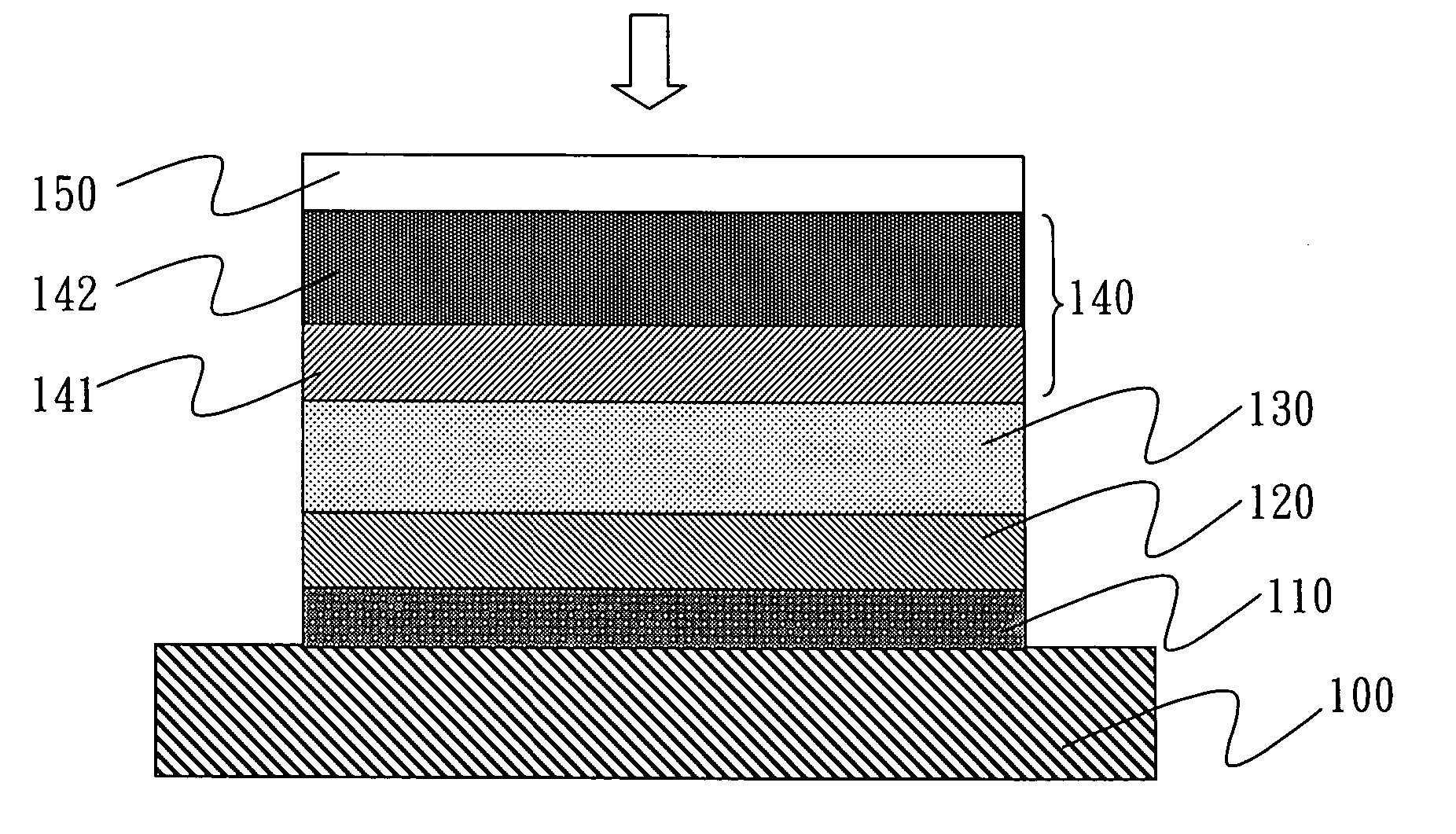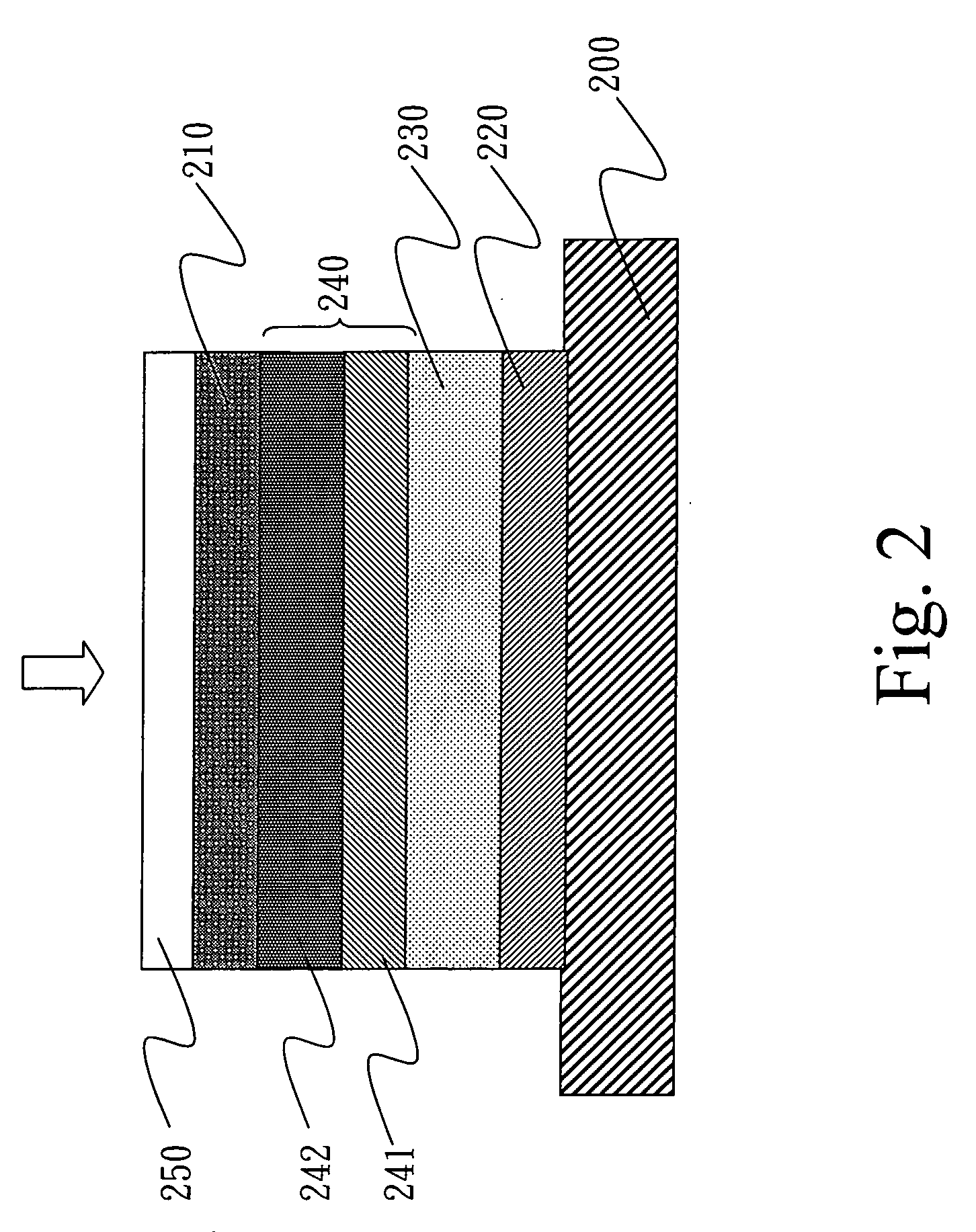Magnetic field enhanced photovoltaic device
a photovoltaic device and magnetic field technology, applied in solid-state devices, magnetic bodies, nanomagnetism, etc., can solve the problems of the biggest bottleneck in the production of photovoltaic devices, the inability to produce photovoltaic devices, etc., to reduce internal resistance, reduce scattering probability, and enhance the efficiency of photovoltaic devices
- Summary
- Abstract
- Description
- Claims
- Application Information
AI Technical Summary
Benefits of technology
Problems solved by technology
Method used
Image
Examples
Embodiment Construction
[0012] Reference will now be made in detail to the preferred embodiments of the invention, examples of which are illustrated in the accompanying drawings. Wherever possible, the same reference numbers are used in the drawings and the description to refer to the same or like parts.
[0013] A magnetic field enhanced photovoltaic device of invention can be applied to all kinds of photovoltaic devices, no matter what material is used, e.g., Single Crystal, Polycrystal, Amorphous, or Quantum dot, Nano-Wire, Nano-Rod and Qunatum Well arranged with nanocrystal.
[0014] For different kinds of photovoltaic devices, such as P-N semi-conductor solar battery, nano-rod solar battery or dye photoactivated solar battery, their photoelectric conversion layers can be P-N junction semi-conductor layers, a nano-rod and high polymer mixed layer or a photoactivated layer. The first electrode has to be pervious to light, so conducting glass having a layer of FTO, ITO or IZO, etc., is used for the layer. Be...
PUM
 Login to View More
Login to View More Abstract
Description
Claims
Application Information
 Login to View More
Login to View More - R&D
- Intellectual Property
- Life Sciences
- Materials
- Tech Scout
- Unparalleled Data Quality
- Higher Quality Content
- 60% Fewer Hallucinations
Browse by: Latest US Patents, China's latest patents, Technical Efficacy Thesaurus, Application Domain, Technology Topic, Popular Technical Reports.
© 2025 PatSnap. All rights reserved.Legal|Privacy policy|Modern Slavery Act Transparency Statement|Sitemap|About US| Contact US: help@patsnap.com



